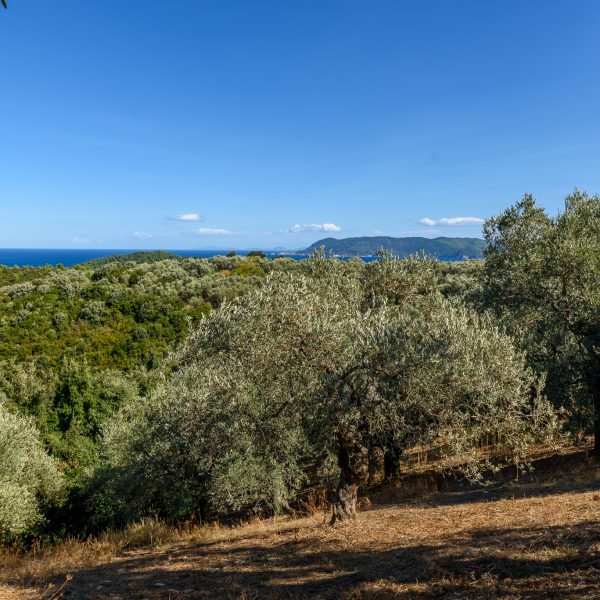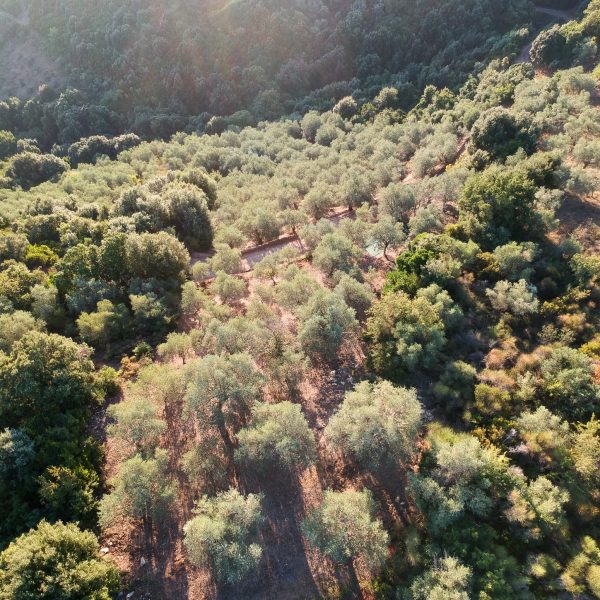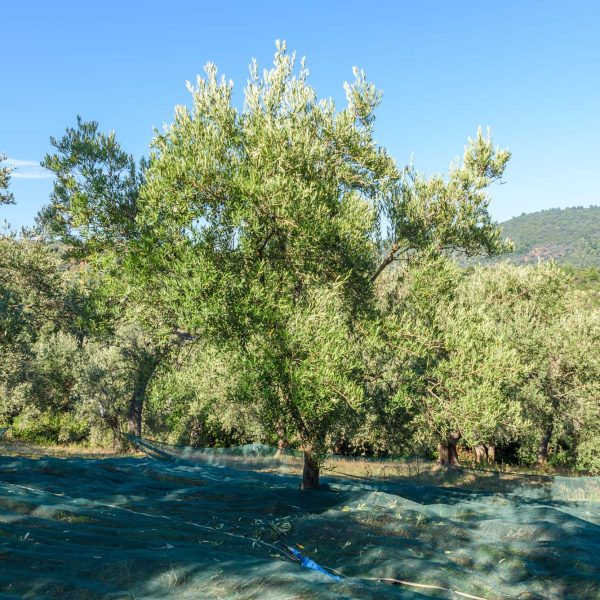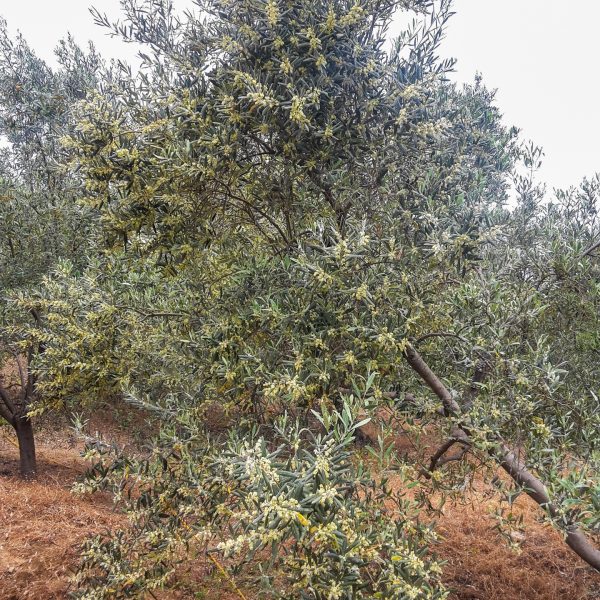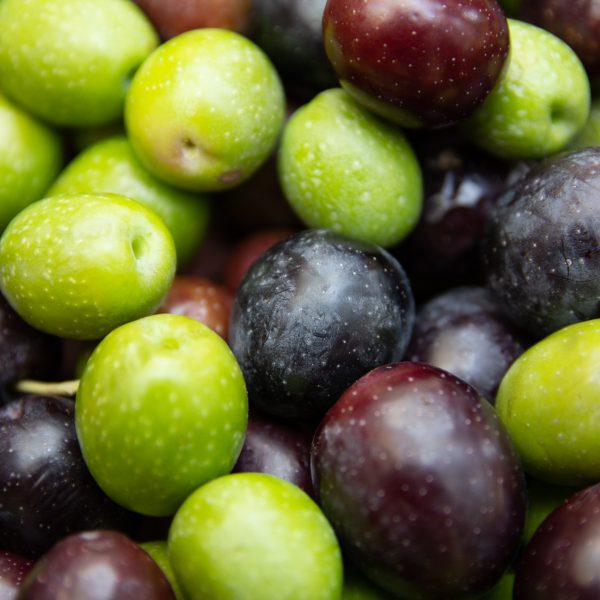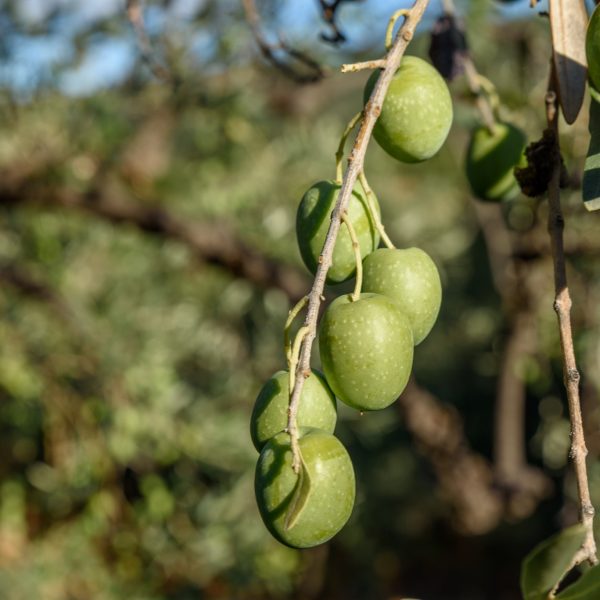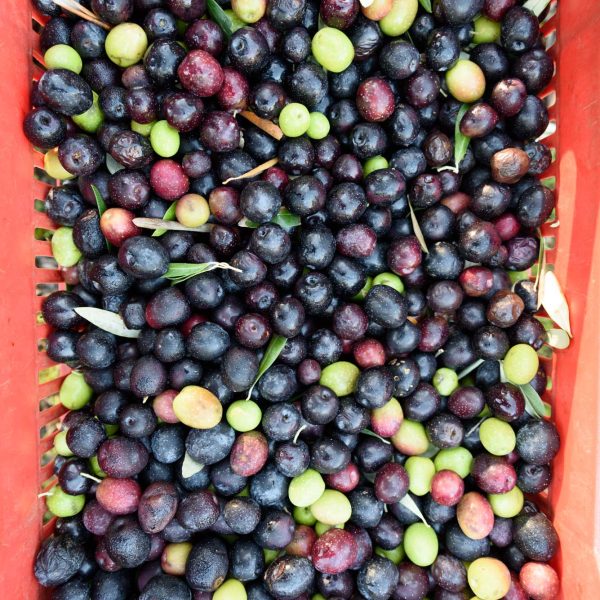The Olive Oil Season
Discover the “gold” of Pelion and one of the oldest agricultural traditions of the Mountain of Centaurs. For centuries the cultivation of olives and the production of olive oil have been a source of joy and pride for the people of Pelion. Olive oil in Pelion is produced from specific varieties of olive trees of the Amphysis variety.
Although Pelion has inland tourism all year round, the exploitation of the olive harvest can contribute to the effort to extend the tourist season for incoming tourism.
The grey-green fields of olive trees that descend down to the sea are one of the most characteristic landscapes of Pelion. Even what we would call the architectural landscape of Pelion is in many cases linked to olive-growing.
Olive oil production is deeply rooted in the consciousness of the Pelion people. These are hard-working people who want to get the year’s oil and take time off from their jobs to pick not only their own olives, but also to help friends and relatives. Few are those Pelionites who have more than a thousand roots and for whom olives are their main occupation.
Olive picking has long been a leading activity in experiential tourism, offering an additional income to olive growers and communicating an aspect of Greece that is worth experiencing for everyone.
However, the olive groves of Pelion and the Pelion tradition of olive oil production are not widely known. Although Pelion is the only mountain in Greece that has given its name to a variety of olive trees, it is not associated in the minds of Greeks with olive growing.
Olive oil production process
The process of harvesting the olive tree starts in early spring where we prune the olive tree properly so that it can produce a healthy fruit and we can pick the fruit effortlessly to take it to the mill to get the oil.
Finishing the pruning we take care of the land by cutting the grasses and weeds.
One of the keys to achieving an excellent oiling result is the proper harvesting period of the olive fruit and the time to transport it to the mill. We start at the beginning of October and harvest the olives by mechanical means or by hand and then place them in perforated plastic crates, thus taking care of their stress, through which they are transported directly to our mill.
We then transport the olives in crates to the mill and throw them into the machine that separates the fruit from any remaining leaves.
In the oiling process, it is particularly important to clean the olives very well in order to create the right conditions to obtain the best possible clean product.
The next stage is the milling of the fruit and the creation of the paste. It is one of the most crucial stages in determining the quality of the olive oil produced. The purpose of milling is to tear the cells of the flesh and facilitate the release of the enzymes in the olive oil.
The next step is the fermentation of the fruit. Fermentation is the process of slowly stirring and mixing the ground olives, usually for 20 to 40 minutes. Stirring allows the small droplets of olive oil released by the milling process to clump together and separate more easily.
Using the Decanter and the centrifuge, the olive oil is separated into two phases from the other ingredients. The oil coming from the first centrifuge is further processed in a second centrifuge that rotates faster to eliminate any remaining liquid or moisture.
So after the olive oil has been produced we do the necessary chemical analyses and organoleptic measurements to ensure of course the high quality of the final product. We then divide the olive oil into batches according to its variety and quality characteristics and place it in stainless steel tanks.
The extra virgin olive oil is now ready to be sent all over the world for you and your loved ones to enjoy.

